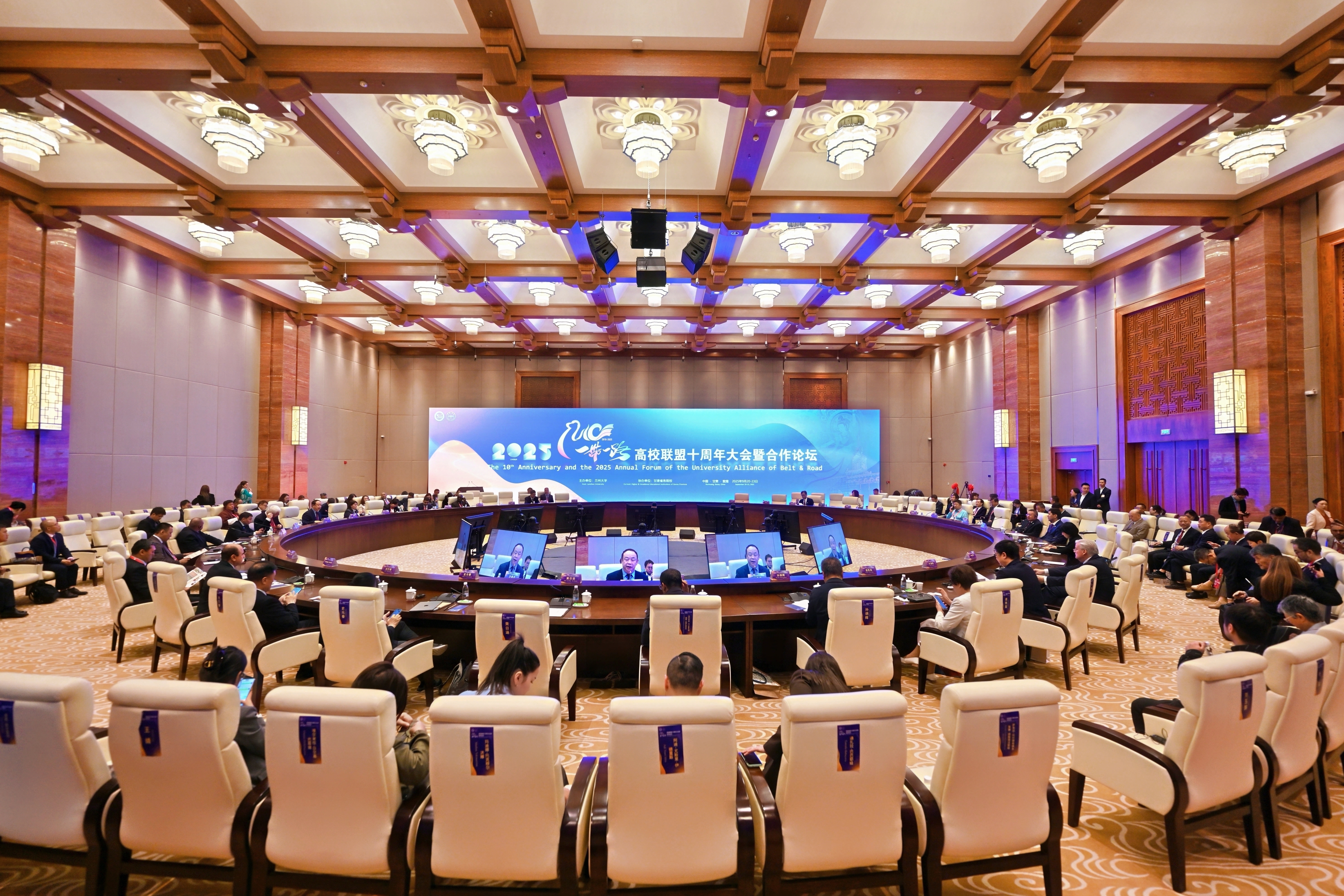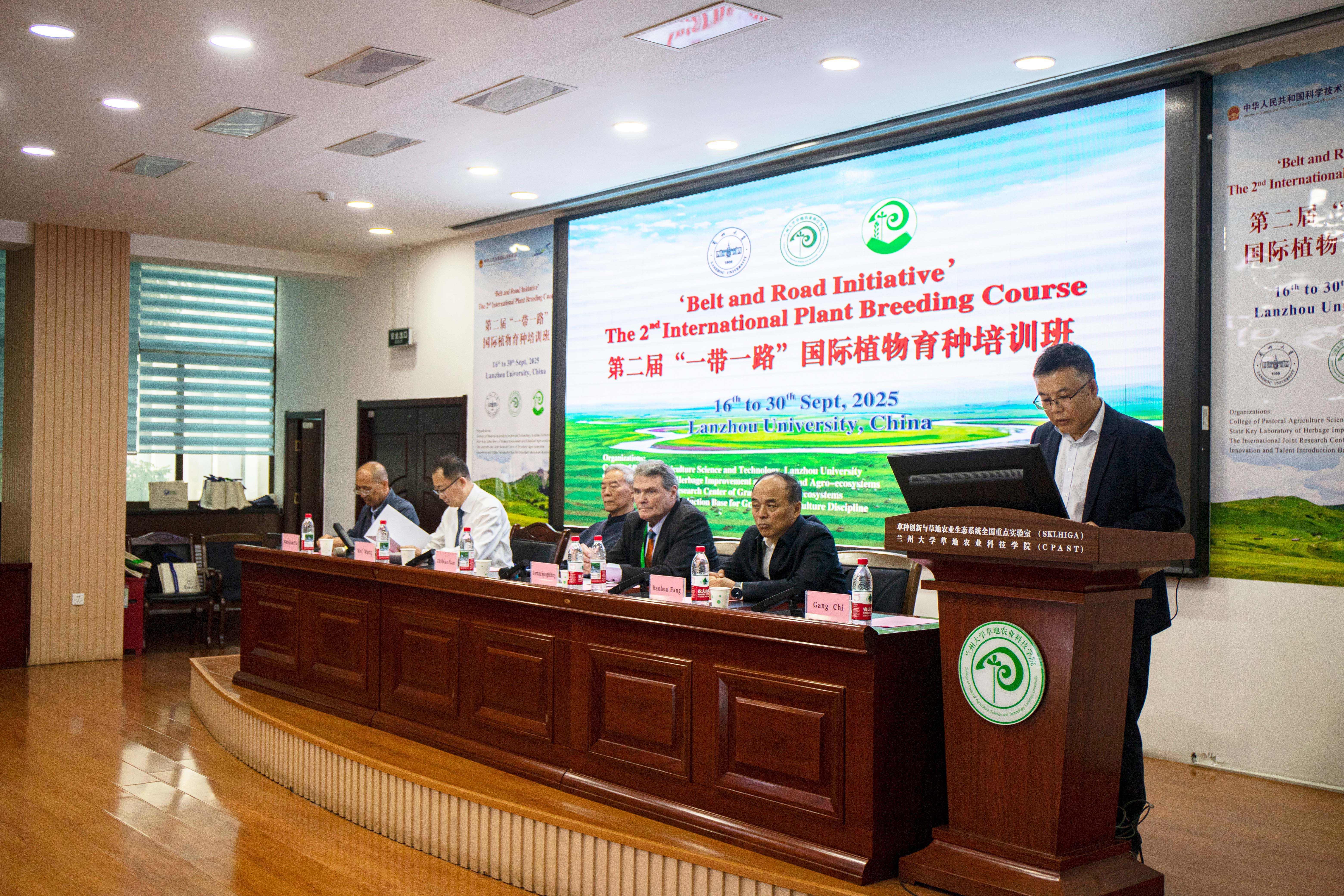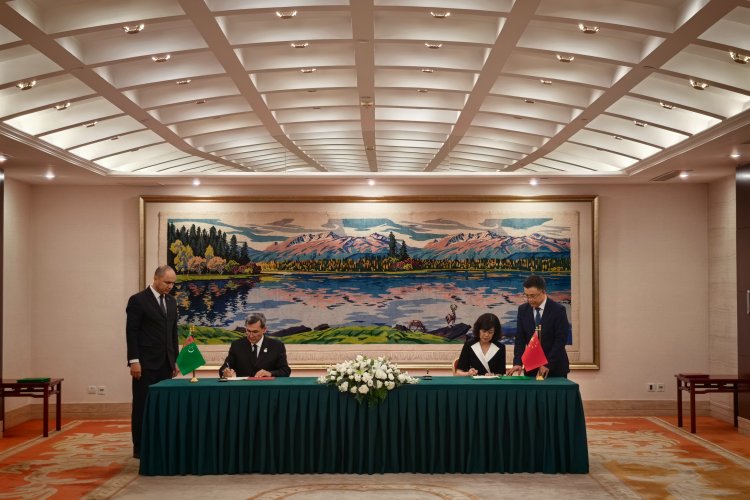Panel of Meridian Space Weather Monitoring Project visited LZU to research the second phase of the project—the construction of Lanzhou Center Station from Jan. 1st to 2nd. The panel has six experts, including office director of CAS Large Research Infrastructure Zhang Xiaoxi, researcher of CAS National Space Science Center Xu Jiyao, researcher of CAS Wuhan Institute of Physics and Mathematics Li Faquan. Party Secretary Wang Weiguo, Dean Huang Jianping, Assistant Dean Zhang Lei and Tian Wenshou of College of Atmospheric Sciences also participated in the research.
After paying a special visit to investigate Semi-Arid Climate and Environment Observatory of LZU(SACOL), the panel said that being well equipped, SACOL possesses both hardware requirement and talent resource to contract to build the center station of Meridian Space Weather Monitoring Project Phase II. They hope that both parties will make joint efforts to propel the construction of Meridian Space Weather Monitoring Project Phase II in LZU and accelerate the construction progress.
Directors from the College of Atmospheric Sciences said that the construction of Lanzhou Center Station will help SACOL to extend its observation from ground and lower atmosphere to upper atmosphere, and expand research on atmospheric sciences to space sciences. They also hoped that panel of Meridian Space Weather Monitoring Project will join hands with LZU to build SACOL into an all-around and national field station, which represents a new height of geoscience and space science.
CAS Major Research Infrastructure Project (Phase I)—Meridian Space Weather Monitoring Project(or Meridian Project), located near the 120 degrees east longitude meridian, has built up a large space environment and foundation monitoring system with the help of Antarctic Zhongshan Station which stretches from Mohe (Hei Longjiang Province) in north to Hainan Province in south and 15 monitoring stations along 30 degrees northern latitude which starts from Shanghai to the east and ends at Lasa to the west. By using terrestrial magnetism, radio, optics and sounding rockets, the chain-led monitoring system has combined a network with chains , which can continuously monitor middle and upper atmosphere, ionosphere, magnetosphere, geomagnetic field and electric field in the interplanetary space, wind field, density, temperature and ingredient in the middle and upper atmosphere, as well as parameters related to ionosphere, magnetosphere and interplanetary space.
(Translated by Li Xingyi; proofread by Zhang Yina)




